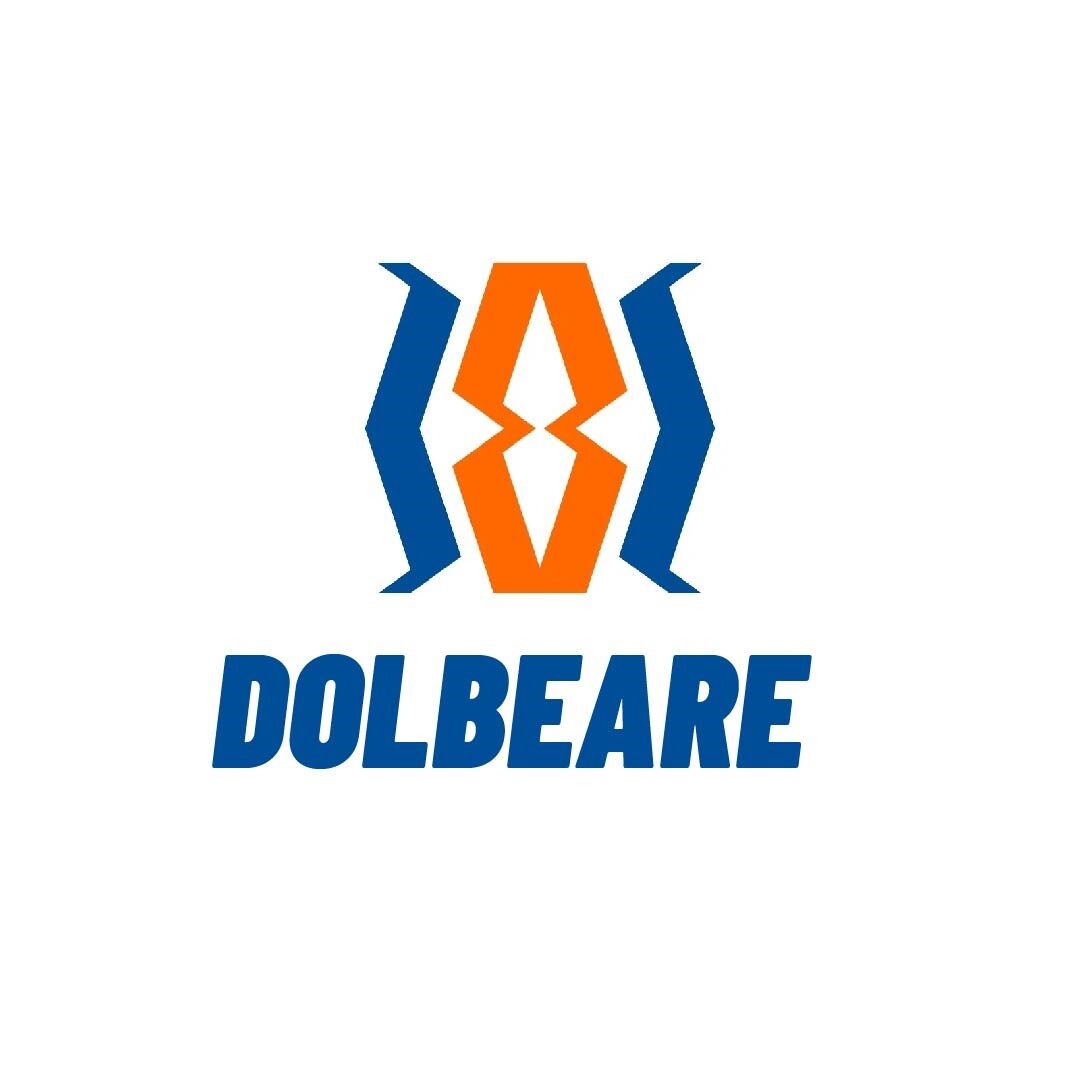Web development is the backbone of the modern internet, enabling websites and applications that power businesses, communication, entertainment, and countless daily activities. It is the process of designing, building, and maintaining websites and web applications that users interact with through browsers and mobile devices. As technology advances and user expectations grow, web development continues to evolve, blending creativity with technical expertise to deliver seamless online experiences.
At its core, web development involves two main areas: front-end and back-end development. Front-end development focuses on the visual aspects of a website—the layout, design, and interactive elements that users see and engage with. It uses languages like HTML to structure content, CSS to style it, and JavaScript to add dynamic behavior and interactivity. A well-crafted front end ensures a smooth, attractive, and responsive experience across all devices, adapting to different screen sizes and resolutions.
Back-end development, on the other hand, handles the behind-the-scenes functionality that makes websites work. This includes managing databases, servers, and application logic that process user requests, store information, and deliver content dynamically. Common back-end languages include Python, PHP, Ruby, and JavaScript with frameworks such as Node.js. Together, front-end and back-end developers collaborate to create fully functional, efficient, and user-friendly websites.
Full-stack developers possess skills in both front-end and back-end technologies, allowing them to build entire web applications independently. Their versatility is valuable in fast-paced environments or smaller teams where comprehensive knowledge http://nxk3.com/ of the web development process is required.
One of the most significant trends in web development today is responsive design. With the explosion of mobile device usage, websites must perform flawlessly on smartphones, tablets, and desktops alike. Techniques like flexible grid layouts, fluid images, and CSS media queries ensure that websites automatically adjust their appearance and usability to fit any screen size, providing an optimal user experience.
Performance optimization is another critical aspect. Fast-loading websites improve user satisfaction and reduce bounce rates. Developers optimize performance by minimizing code, compressing images, using caching strategies, and deploying content delivery networks (CDNs) that serve content from servers closer to users. These techniques not only enhance speed but also contribute to better search engine rankings, helping websites gain more visibility.
Security is a vital concern in web development. Websites often handle sensitive data such as personal information, payment details, and login credentials, making them targets for cyberattacks. Developers implement secure coding practices, use HTTPS protocols, and regularly update software to protect against vulnerabilities. Compliance with privacy laws like GDPR also influences how websites collect and manage user data.
The web development landscape is shaped by innovative tools and frameworks. JavaScript frameworks like React, Angular, and Vue.js have transformed front-end development by making it easier to build interactive and scalable user interfaces. On the back end, frameworks such as Django for Python and Express.js for Node.js streamline development by providing reusable components and organized structures.
APIs (Application Programming Interfaces) play a crucial role in modern web development by allowing websites to interact with external services and platforms. Integration with social media, payment gateways, mapping services, and data analytics enriches website functionality and user experience. APIs create a connected ecosystem where different software components communicate seamlessly.
Content management systems (CMS) like WordPress, Joomla, and Drupal have made web development more accessible by enabling users to create and manage websites without extensive coding knowledge. These platforms offer customizable themes and plugins, empowering individuals and businesses to maintain dynamic content easily while still leveraging professional development when needed.
Web development is integral to digital marketing and business growth. A well-designed website acts as a company’s virtual storefront, shaping brand perception and facilitating customer engagement. Features like e-commerce capabilities, blogs, contact forms, and newsletters help businesses connect with their audience and drive sales. Moreover, analytics tools embedded in websites provide valuable insights into visitor behavior, guiding marketing strategies and improvements.
The demand for skilled web developers continues to rise as businesses and organizations expand their online presence. Web development offers diverse career paths, including front-end developer, back-end developer, full-stack engineer, UX/UI designer, and more. Continuous learning and adapting to emerging technologies are key to staying competitive in this rapidly changing field.
In summary, web development is a vital discipline that builds the foundation of the internet. It combines technical skills, creativity, and strategic thinking to create engaging and functional digital experiences. As technology progresses and user expectations evolve, web development will remain essential to shaping how people interact with the digital world, powering innovation, connection, and growth.
Title
Crafting the future with code and design skills
